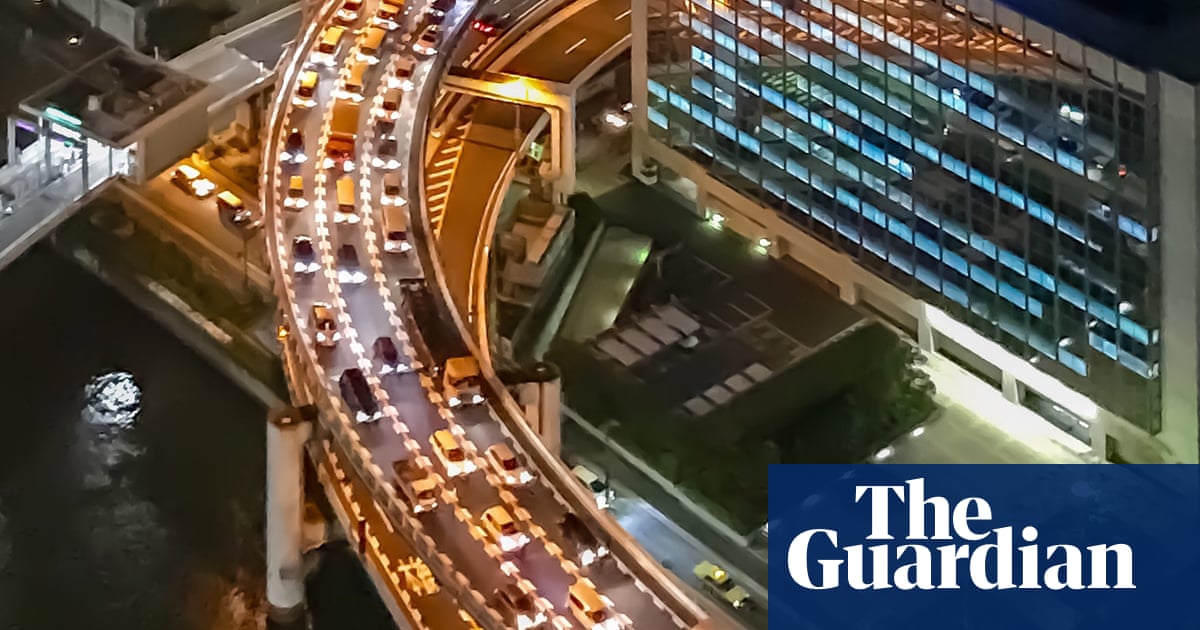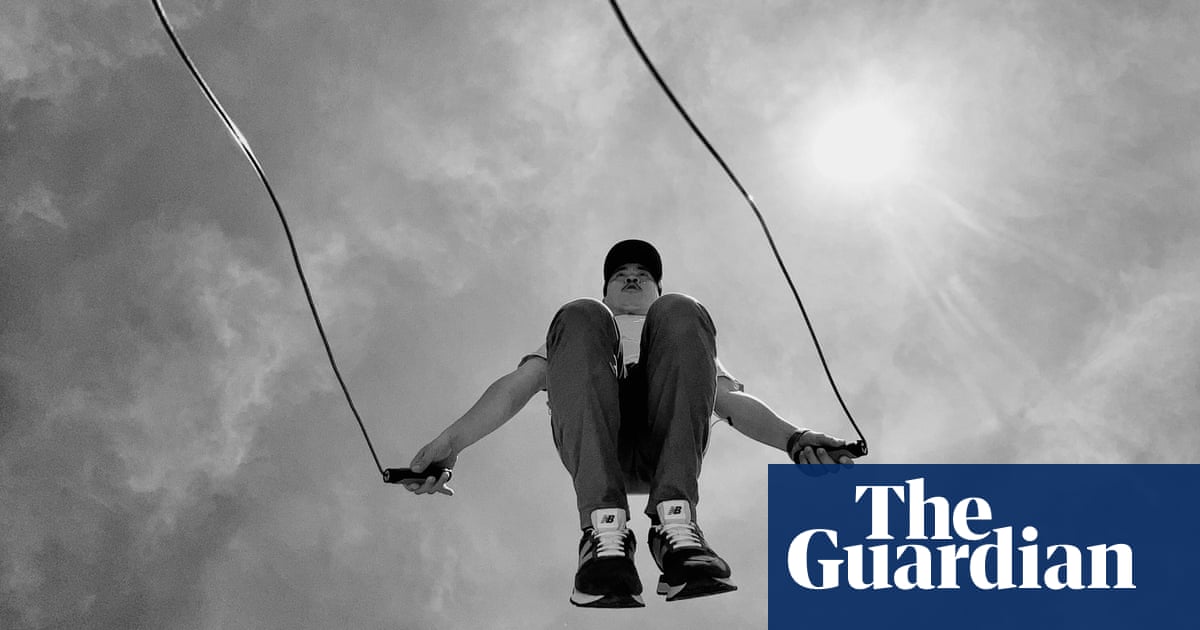
In the shadow of Tangkhali refugee camp in Bangladesh, photojournalist Jashim Salam stood by a projection screen and surveyed the crowd of Rohingya refugee children. They were watching a health and sanitation awareness film.
“In that particular moment it looked like a scene from thousands of years ago,” says Salam, who has documented the fallout from the crisis. “The landscape, the lighting just after sunset, the bewildered look in people’s eyes; it all felt surreal to me.”
In 2017, when this photograph was taken, nearly 700,000 Rohingya fled from Myanmar to Bangladesh. More than half were children. “Many had been separated from their families or fled on their own,” Salam says. “Many were under five years old. The threat doesn’t end when they cross the border. There was acute malnutrition, which can be deadly, disease outbreaks, traffickers and fires, which destroyed their makeshift homes.” Five years on, a million people still live in the camps.
“Hundreds of thousands of Rohingya children are growing up both stateless and homeless,” Salam says. “A life of displacement bodes ill for a people already wounded by decades of military persecution.”
Salam used an iPhone 7 for the shot: “In documentary photography, the story and the message are more important than the technical aspects. The camera is a valuable tool, whether it’s high-end gear or a phone. It isn’t just the equipment but the person who takes a great photo.”












